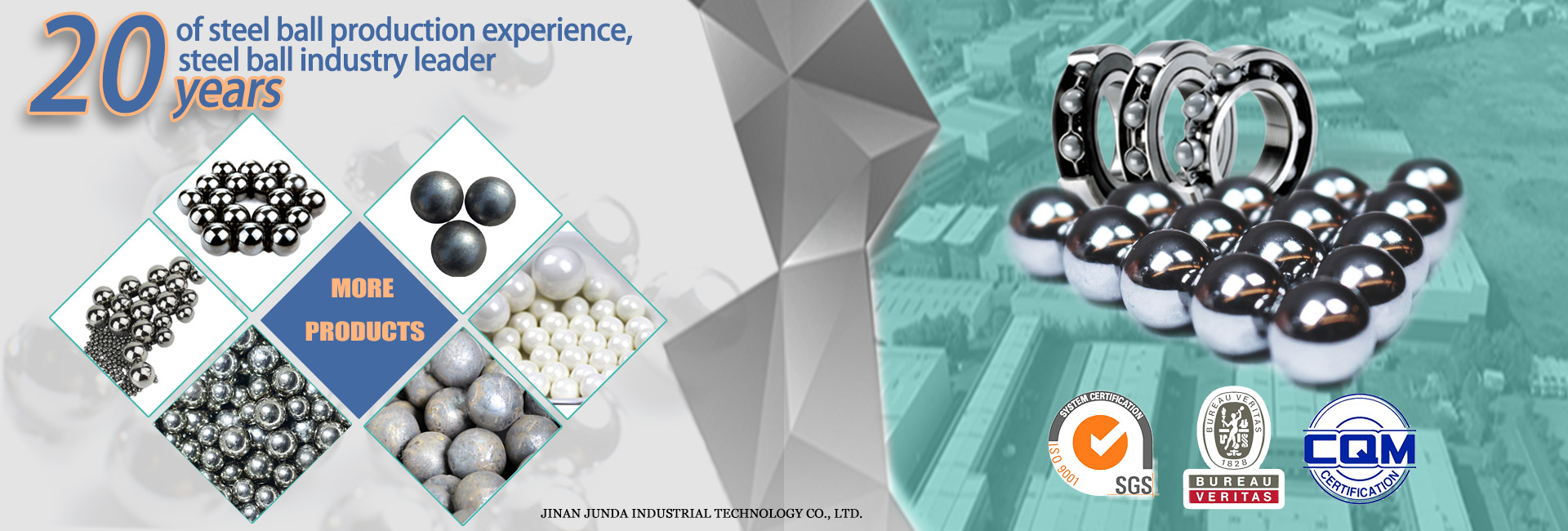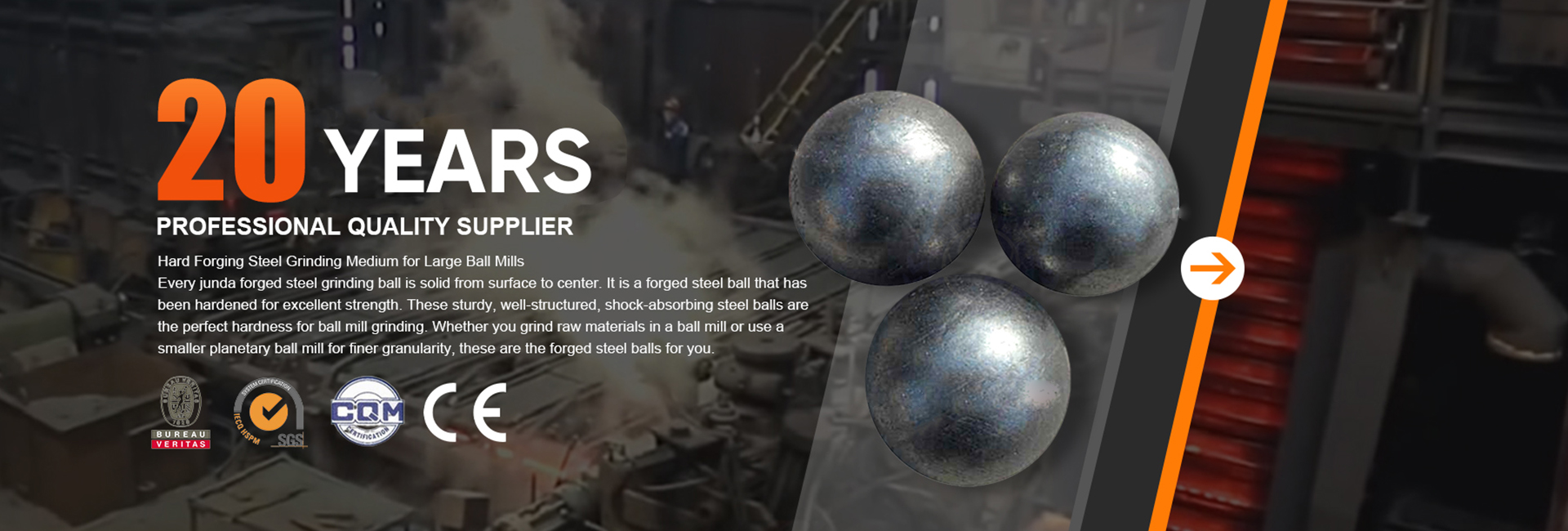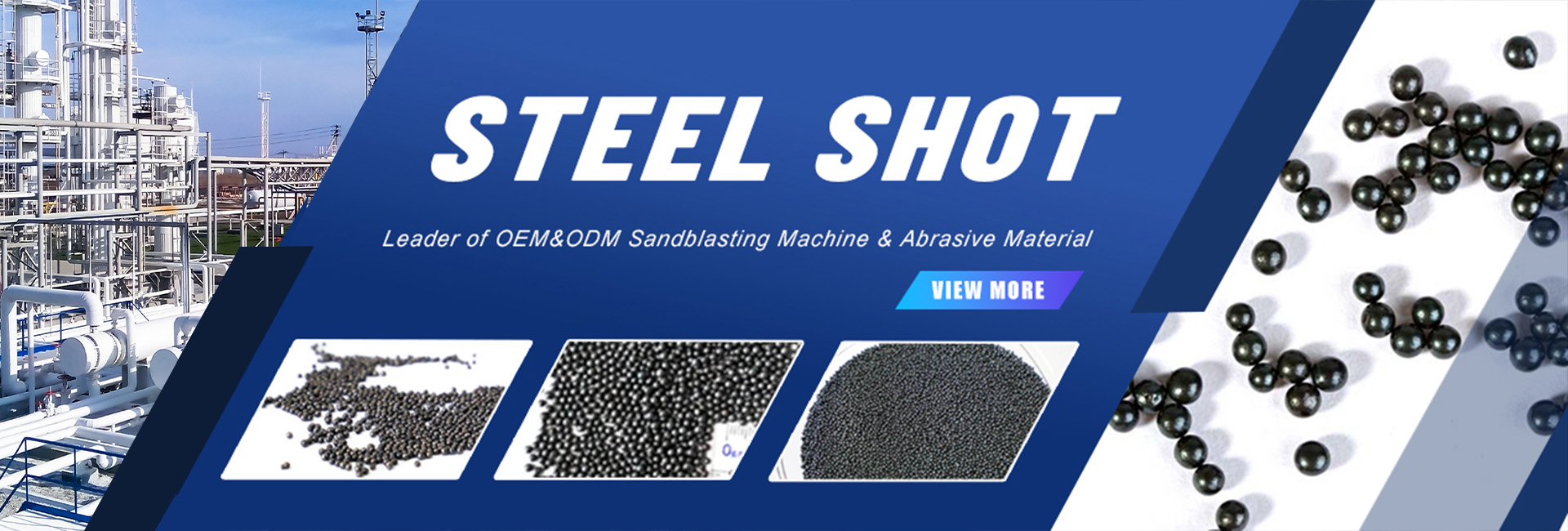What began as a simple process has evolved into a fast, productive method to cut metal, with a variety of benefits to shops of all sizes. Using an electrical channel of superheated, electrically ionized gas, the plasma rapidly melts the material to cut it. Key benefits of plasma cutters include:
The ability to cut a variety of very thin, electrically-conductive metals, including a wide range of steel, stainless steel, aluminum, copper and more up to two inches thick
Greater cutting versatility, including beveling, shape cutting, marking and piercing of metals
Precise cuts at faster speeds — plasma can cut thinner metals faster, with minimal material distortion
Greater ability to cut shaped metals such as domes or tubes
Lower cost with no preheating required
Faster cutting speeds with the ability to cut five times faster than traditional, manual torches
The ability to cut a variety of materials and thicknesses
Ease of use and low maintenance
Low operating costs — plasma machines consist of electricity, water, compressed air, gasses and consumable parts; they cost approximately $5-$6 per hour to operate
Ideal applications for plasma include cutting steel, brass and copper and other conductive metals. It’s possible to cut stainless steel and aluminum with a plasma; however, it’s not ideal due to the reflection of the torch and low melting point of the metal.
Plasma is perfect for cutting larger parts, typically ranging from one inch thick up to 20-30 feet long with accuracies ranging from +\- .015″-.020″. If you’re looking for general plate cutting, a plasma can cut fast and at a lower cost than other cutting methods.
Plasma can also be used in secondary operations on a pre-cut part. Through the laser alignment tool, an operator can load the table with an existing part located through the laser alignment tool and cut additional features into the part. Additionally, plasma cutters can be used to etch material..
There are, however, a few disadvantages. Plasma cutting is less accurate than waterjet cutting and may require secondary processing to remove heat-affected material and flattening to eliminate distortion from the heat. Depending on the job, the plasma machine may require additional setup changes for different jobs.
Find out why an plasma cutting machine makes an ideal technology for a variety of applications. If you need assistance, talk to us to help determine the right solution for your shop.
Post time: Jan-07-2023








